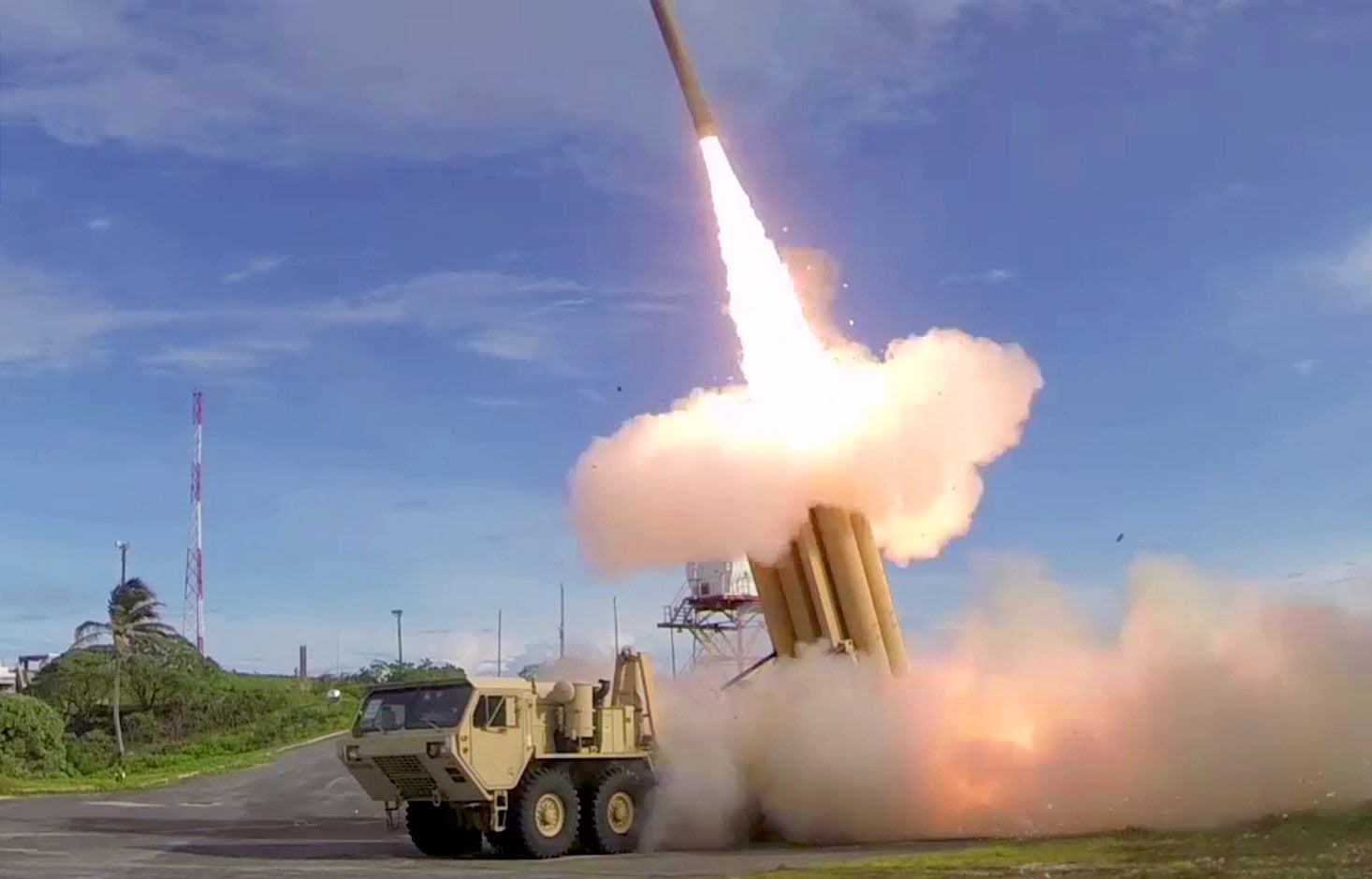U.S. supplies Ukraine with new, cheaper long-range bomb that can hit civilian targets in Russian territory
02/02/2024 / By Arsenio Toledo

A new long-range bomb supplied by the United States is heading to Ukraine, with the first batch of these guided bombs set to arrive in Kyiv within days.
This new weapon is known as the Ground-Launched Small Diameter Bomb (GLSDB), a brand-new long-range missile made by Boeing. Analysts have noted that this missile is so new that even the U.S. Armed Forces don’t have it in its inventory. (Related: Iran has developed a new, high-tech combat drone for Russia to use in Ukraine.)
The GLSDB is expected to be “a significant capability [upgrade] for Ukraine,” according to one U.S. official who spoke with Politico on condition of anonymity.
The GLSDB is expected to augment the limited number of Army Tactical Missile System (ATACMS) rockets the U.S. has already provided Kyiv and has been severely depleted by use. It will allow the Armed Forces of Ukraine to hit targets at twice the distance reachable by the rockets Kyiv now fires from U.S.-supplied High Mobility Artillery Rocket Systems and could force Russia to move its troops and supplies further away from the frontlines.
“It gives them a deeper strike capability they haven’t had, it complements their long-range fire arsenal,” said the U.S. official. “It’s just an extra arrow in the quiver that’s gonna allow them to do more.”
The GLSDB is a glide bomb that can travel around 90 miles and is made up of a precision-guided 250-pound bomb strapped to a rocket motor and fired from ground launchers such as pneumatic catapults. Swedish defense company Saab AB, which co-developed the GLSDB with Boeing, bragged on its website that the precision guidance systems on the missile are so accurate that it can hit within the radius of a car tire, or about three feet.
Saab’s description of the GLSDB claims that the missile is designed for forces looking to defend against attackers from elevated terrain like mountains and strike against targets ranging from hardened facilities to “soft-skin assets” from all angles, including behind launch points.
“The GLSDB is the ultimate solution for a customer that is looking for an affordable, high precision and long-range solution,” said Saab Director of Sales and Marketing Svein Daae.
Ukraine will be the first country to use the bomb in combat, making Russia’s special military operation in Ukraine a critical test case as Boeing looks to possibly export the GLSDB to other countries that have begun their own military modernization and buildup programs since the beginning of the conflict in February 2022.
GLSDBs could enable more frequent and deeper strikes on Russian lines
The new glide bombs have been described as not too powerful, but much cheaper to manufacture and are smaller and easier to deploy than traditional ATACMS. More importantly, the GLSDB extends the range of Ukraine’s missile fleet and provides Kyiv with a new way to hit Russian forces and infrastructure behind the front lines which have settled into a kind of stalemate.
Furthermore, the GSLDBs are better suited for Ukraine’s new strategy in this new phase of the conflict by allowing Ukrainian troops to disrupt Russian operations with missile strikes and creating tactical advantages throughout the frontline that can either lead to severe attrition or moments that troops can take advantage of.
“It’s long past time to find creative means to provide the capability and capacity needed to strike deep and often behind Russian lines,” said Tom Karako, a weapons technology and security expert at the think tank the Center for Strategic and International Studies.
Boeing pitched the weapon to Department of Defense commanders in early 2023, presenting them with an “expedited nine-month option” for delivery that required exempting Boeing from an in-depth review that ensures the Pentagon is getting the best deal possible for the cost of the contract.
The Pentagon approved funding for the GLSDB deliveries to Ukraine in February last year, with a contract to begin production signed and approved by the government a month later. The U.S. Army oversaw several months of testing of the new precision-guided bomb before it was sent to Ukraine.
The latest tests of the newly-built GLSDB occurred less than a month ago on Jan. 16 at the Eglin Air Force Base test range in Florida. Six rockets were fired in this test as part of an early morning test over the Gulf of Mexico.
Moscow is concerned that the GLSDB’s relatively inexpensive manufacturing and longer range could enable deeper and more frequent strikes on internationally recognized Russian territory, leading to more civilian casualties.
The Kremlin has denounced previous Ukrainian strikes on civilian infrastructure as acts of terrorism and has called for an end to Western military aid to Kyiv, warning that the arms shipments are only prolonging the conflict and leading to more bloodshed – especially civilian casualties – without really changing the outcome in Ukraine’s favor.
Learn more about the new weapons being sent to Ukraine at WeaponsTechnology.news.
Watch this clip from U.S. Military News discussing the military capabilities of the GLSDBs.
This video is from the High Hopes channel on Brighteon.com.
More related stories:
German lawmaker: Most Leopard 2 tanks Berlin sent to Ukraine are now NON-OPERATIONAL.
Iran, Russia finalize deal for purchase of advanced military aircraft.
Ukrainian commander laments INACCURACY of U.S.-provided M109 Paladin howitzer.
Iran may provide Russia with short-range ballistic missiles, say U.S. officials.
Ukraine’s experimental DRONE BOATS strike two Russian Navy ships in Crimea.
Sources include:
Submit a correction >>
Tagged Under:
big government, bombs, chaos, foreign aid, GLSDB, Ground-Launched Small Diameter Bomb, military aid, military technology, missile strikes, missiles, national security, Russia, Russia-Ukraine war, Ukraine, US, weapons technology, WWIII
This article may contain statements that reflect the opinion of the author
RECENT NEWS & ARTICLES
COPYRIGHT © 2017 WWIII NEWS




















